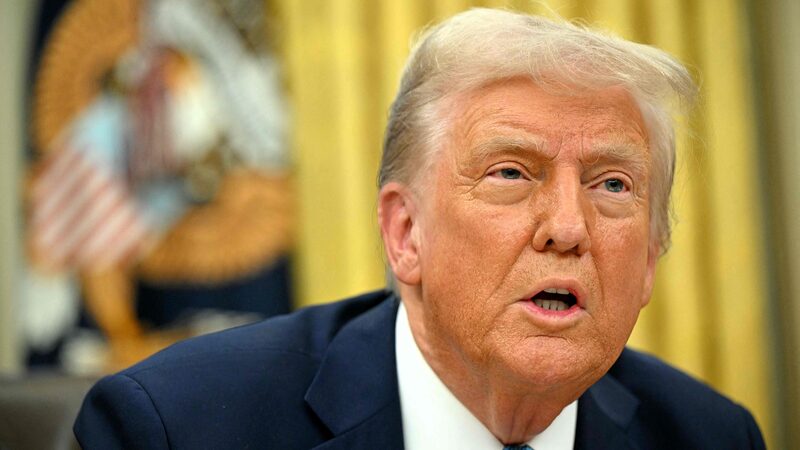Global trade dynamics are undergoing rapid transformation as mounting U.S. tariffs accelerate a pivot toward multipolar economic networks. Recent measures by Washington—including reciprocal tariffs on over $160 billion of Chinese goods—have strengthened Beijing’s resolve to diversify supply chains and deepen partnerships with alternative markets.
China’s Strategic Countermeasures
In response to U.S. import levies, China has implemented export controls on rare earth minerals, expanded scrutiny on American tech firms, and introduced 34% retaliatory tariffs. Analysts suggest these moves will reshape international trade flows by incentivizing Chinese businesses to source substitutes from non-U.S. suppliers.
Regional Opportunities Emerge
The ripple effects are creating openings for global exporters:
- Agriculture: Brazil and Argentina gain traction in soybean markets; Australia eyes expanded meat and grain exports
- Energy: Qatar and Russia positioned to replace U.S. LNG shipments; OPEC’s oil production surge pressures shale breakeven costs
- Technology: Samsung (South Korea) and SMIC (China) benefit from semiconductor demand shifts
- Aviation: Airbus (Europe) and COMAC (China) emerge as alternatives to Boeing
Multipolar Momentum Builds
Economists note that while U.S. tariffs disrupt established trade lanes, they accelerate existing trends toward decentralized networks. The EU’s vow to challenge American measures and China’s trade diversification initiatives underscore growing momentum for coalition-based economic strategies. As developing nations expand cross-regional partnerships, 85% of global trade outside U.S. channels continues expanding—hastening what analysts describe as a ‘new epoch of economic multipolarity’.
Reference(s):
cgtn.com







